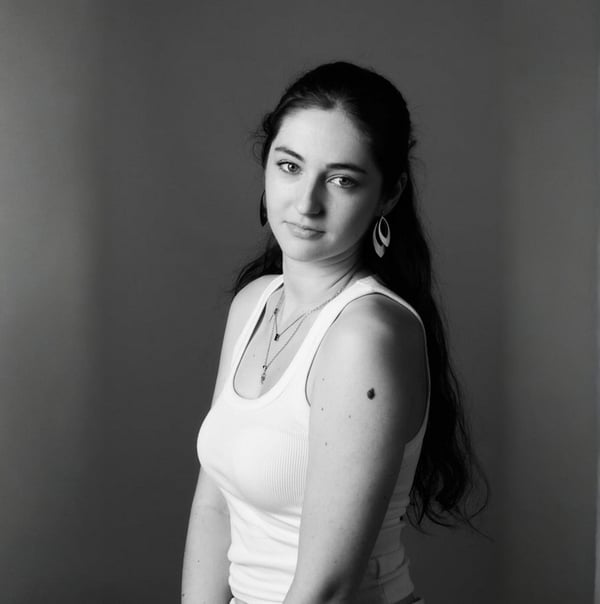Essential Flat Lay Photography Tips for Perfect Shots
Table of Contents
- How to Photograph a Flat Lay?
- What is the 20-60-20 Rule in Photography?
- What is the Best Aperture for Flat Lay Photography?
- What is the Best Lighting for Flat Lay Photography?
- How Modelia Helps Enhance Flat Lay Photography
- Bonus Tips for Next-Level Flat Lays
- Common Mistakes to Avoid in Flat Lay Photos
- Final flat lay photography tips
Flat lay photography has become one of the most popular styles for showcasing products, outfits, food and even brand storytelling. It creates visually engaging content that draws the viewer’s eye, tells a story, and captures attention quickly; all essential qualities in today’s fast-scrolling digital world. Whether you’re a content creator, a brand owner or a photographer, mastering flat lay photography can take your visuals to the next level. In this detailed guide, we’ll explore essential flat lay photography tips to help you capture the most stunning images without the need of a huge camera or a special studio. We’ll also highlight how innovative platforms like Modelia can simplify and elevate your flat lay presentations, especially for fashion, e-commerce and marketing content.
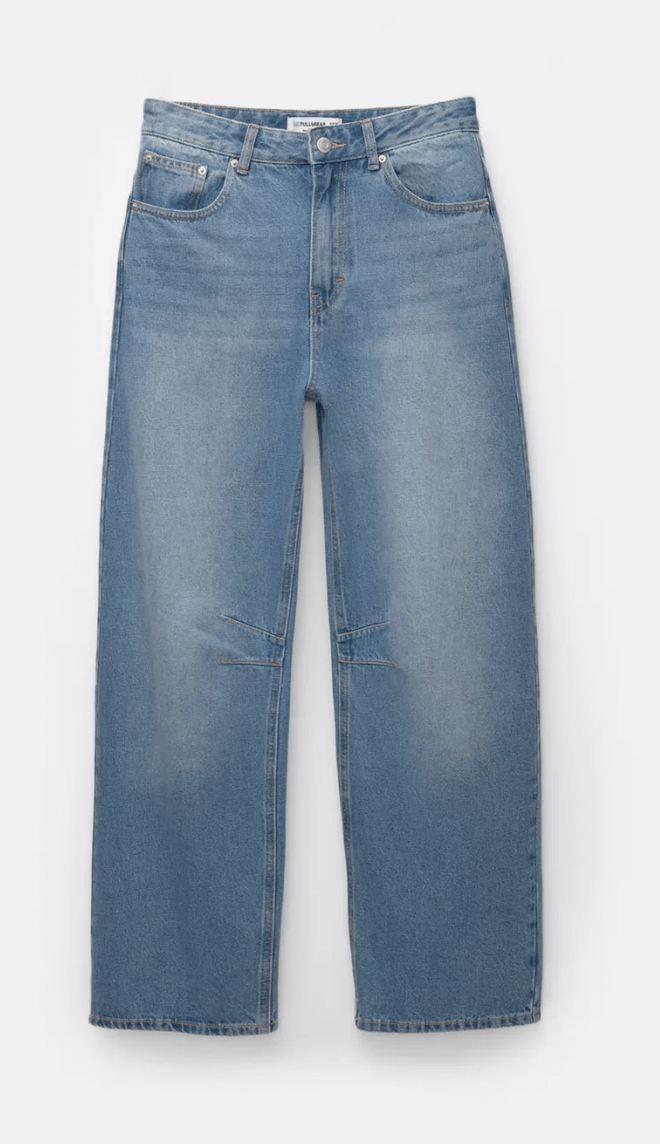
How to Photograph a Flat Lay?
Capturing a great flat lay starts with planning and precision. Here’s a comprehensive breakdown of the process:
1. Plan Your Story A successful flat lay tells a story. Think carefully about what you want the viewer to feel or understand from the image. Consider mood boards or sketching layouts beforehand. Knowing the end goal will inform every decision—from background choice to prop selection.
2. Choose the Right Background Backgrounds are more than blank canvases; they set the tone for the entire shot. Textures like linen, wood, or concrete can evoke warmth, minimalism, or luxury. Vibrant colored papers or seamless backdrops can add energy and freshness. Consistency with your brand aesthetic is key.
3. Curate Your Objects Carefully Less is often more in flat lays. Every item should serve a purpose, either to reinforce the main subject or enhance the story visually. Consider color palettes, material contrasts, and thematic connections when selecting props.
4. Arrange with Intentional Composition Classic composition rules apply, even from a top-down view. Think about using the rule of thirds, golden ratio, or central framing. Symmetry can create calmness; asymmetry adds dynamic tension.
5. Set the Camera Overhead and Ensure Stability Using a tripod not only helps maintain a bird’s-eye view but also keeps the framing consistent if you need to tweak the layout. Handheld shots risk misalignment, especially over longer shoots.
6. Pay Attention to Micro-Details Tiny adjustments (rotating a plate by a few degrees, moving a leaf slightly, straightening edges) can make a significant difference in the final image’s polish.
7. Capture Multiple Angles and Variations Even within the flat lay setup, slight adjustments can yield very different results. Experiment with focal lengths, distance, and minor repositioning.
8. Post-Process Thoughtfully Editing can enhance colors, correct exposure, and fine-tune your composition. Apps like Lightroom and Photoshop offer easy tools for cropping, color correction, and clarity boosts.
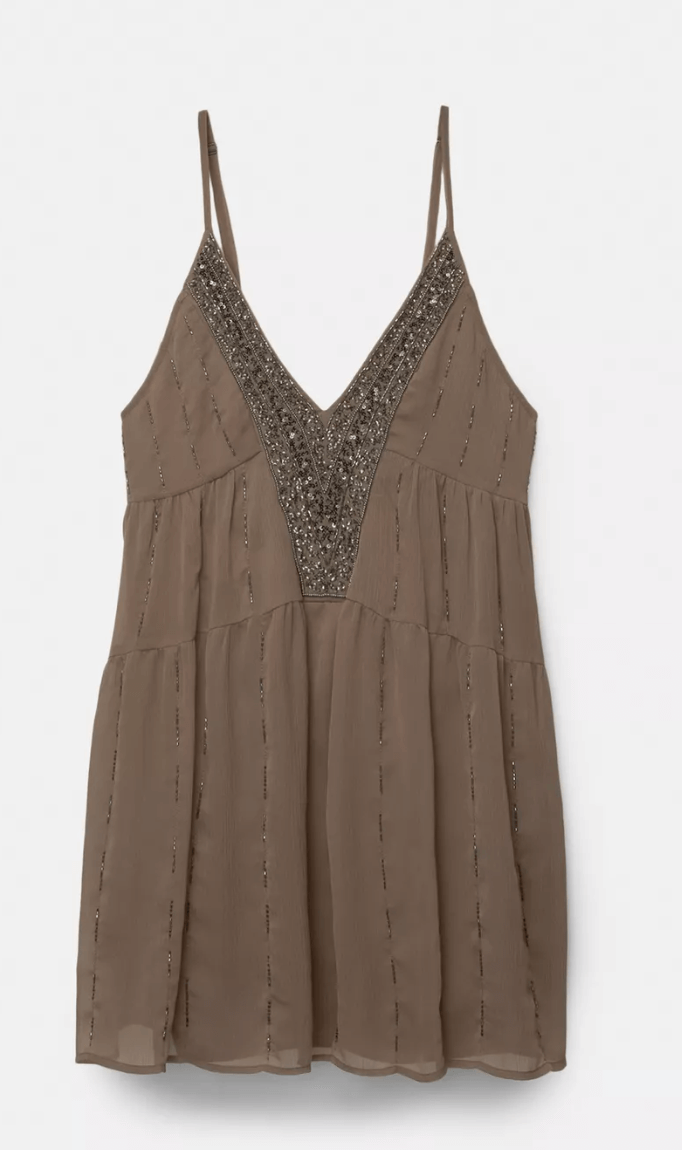
What is the 20-60-20 Rule in Photography?
The 20-60-20 rule is an invaluable guideline for achieving visual balance and storytelling clarity in flat lay compositions.
20% Empty Space: This gives breathing room, preventing the frame from feeling crowded. Strategic use of negative space directs focus and creates a sense of elegance.
60% Main Subject: This core area contains your hero product or central narrative. It should command attention without needing explanation.
20% Supporting Elements: Props or secondary items support the main message. They add depth and context but should never compete for dominance.
Applying this principle helps maintain order within a busy scene, especially crucial in commercial and branded flat lays where product visibility is paramount.
What is the Best Aperture for Flat Lay Photography?
Aperture controls the depth of field and affects how much of the scene stays in focus. For flat lays, maintaining clarity across all objects is usually preferred.
An aperture between f/5.6 and f/8 provides an ideal depth of field: sharp focus across the entire frame without significant background blur.
When to adjust:
If you want a creative blur effect, use a wider aperture like f/2.8.
For catalog-ready sharpness where every detail matters, narrow down to f/8 or even f/11.
Always monitor your lighting when adjusting aperture; smaller apertures require more light.
What is the Best Lighting for Flat Lay Photography?
Lighting determines the mood, clarity and overall quality of your flat lay images. Here are the top lighting techniques:
Natural Light
Position setups near large windows for soft, even lighting.
Use reflectors to bounce light and fill shadows.
Time shoots during golden hours (early morning or late afternoon) for a warm glow.
Artificial Light
Use continuous softbox lights for controllable, even lighting.
Employ light diffusers to minimize harsh shadows and hotspots.
Consider ring lights for smaller setups focusing on central subjects.
Common Mistakes to Avoid:
Mixing light sources (natural and artificial) without white balance correction.
Shooting under overhead fluorescents without diffusion.
Correct lighting enhances textures, reveals true colors, and adds dimensionality essential to flat lay success.
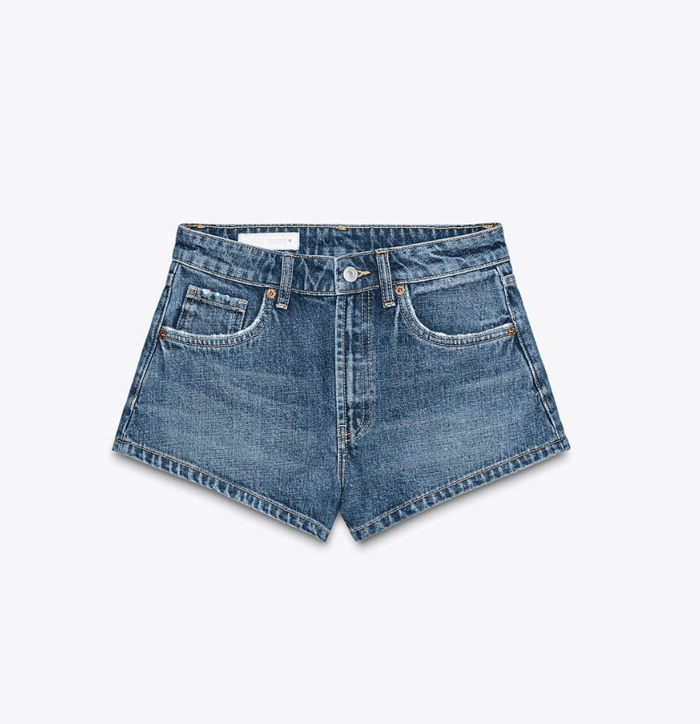
How Modelia Helps Enhance Flat Lay Photography
While technical skills are important, leveraging smart technology can take your flat lays to an even higher level. Modelia is a prime example of how AI can assist modern creators in refining their flat lay work.
Virtual Styling and Enhancement. Modelia lets you upload your flat lay images and applies AI enhancements like professional lighting corrections, background smoothing, and composition refinements. The platform is especially useful for fashion and product shots where consistency and style cohesion are crucial.
Smart Background Extensions. Sometimes you need a wider frame to accommodate overlays or text in marketing visuals. Modelia intelligently extends flat lay backgrounds without awkward repetitions or visible seams, maintaining natural transitions.
Quick Content Repurposing. Turn a single flat lay photo into multiple optimized formats for Instagram, Pinterest, website banners, or even short dynamic videos. Modelia’s automation tools speed up content creation while keeping visual quality high.
Fashion-First Visual Intelligence. Unlike generic editing apps, Modelia is trained on fashion-specific datasets. This means it accurately interprets fabric textures, garment forms, and stylistic nuances, offering tailored enhancement that suits clothing and accessories imagery perfectly.
Modelia's studio main tool is "flat lay to model" In this tool, the customer enters a flat lay photo of a garment, and Modelia transforms it into a model wearing the garment in a professional photo shoot. You can customize the model's features and background to your liking to achieve the perfect image for your business.
Here's an example of what you can do with Modelia in its studio in a matter of seconds:
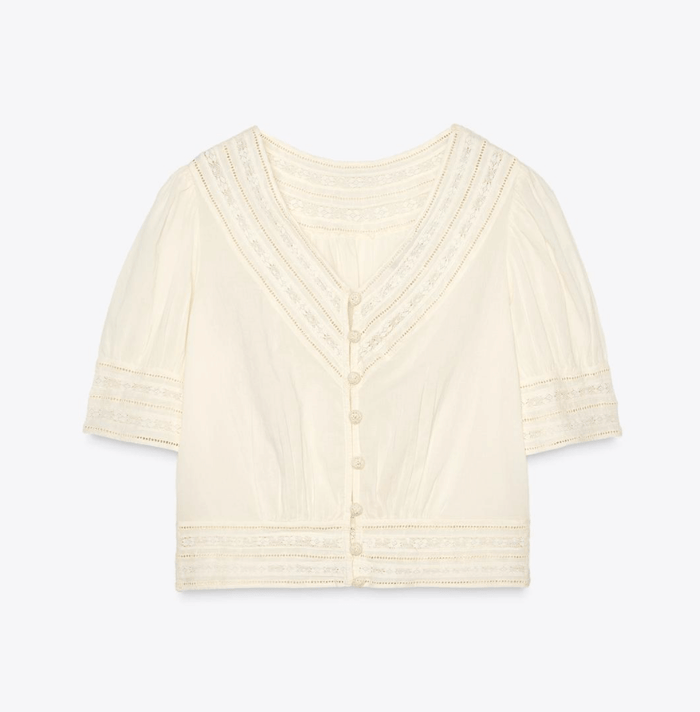

Try Modelia and apply this tips!
Besides, flat lays are no longer limited to static images with Modelia, you can animate your compositions into dynamic short-form videos perfect for Instagram Stories, Reels, and TikTok promotions.
By combining artistic vision with smart AI tools, Modelia enables brands, creators, and marketers to scale their flat lay content production while maintaining creativity, quality, and consistency.
Bonus Tips for Next-Level Flat Lays
Incorporate Depth: Layer objects at varying heights using books, plates or subtle risers to create shadow play and visual interest. Play with Color Theory using complementary or analogous color schemes to create harmony or tension. Color palettes evoke emotions and reinforce storytelling themes.
Texture Matters: Mix matte, glossy, rough, and smooth surfaces to enrich visual texture. Contrast between materials creates dynamic imagery that holds attention longer.
Use Leading Lines: Arrange props to subtly lead the viewer’s eye toward the main subject. Diagonal or curved object placement can guide the gaze naturally across the image.
Stay Consistent: For branding purposes, develop a recognizable style across all your flat lays—whether it’s through consistent props, backgrounds, lighting, or color grading.
Common Mistakes to Avoid in Flat Lay Photos
Even experienced photographers can fall into traps when composing flat lays. Recognizing common mistakes can help you refine your technique and produce consistently polished visuals.
- Overcrowding the Frame: One of the biggest errors is placing too many objects within the composition. An overloaded frame feels chaotic and dilutes the main message. Always prioritize simplicity and leave breathing space around key elements.
- Ignoring Alignment and Symmetry: Small misalignments can make a flat lay feel unbalanced or amateurish. Take the time to ensure objects are parallel or arranged according to the desired grid structure. A slight nudge in placement can dramatically elevate the image.
- Bad Lighting Choices: Relying on harsh or uneven lighting can flatten textures and create distracting shadows. Always aim for soft, diffused light to maintain color accuracy and dimensionality.
- Neglecting the Background: A cluttered or inconsistent background draws attention away from the main subject. Ensure your background enhances, rather than competes with, the objects you’re photographing.
- Failing to Tell a Story: Random placement of objects without a clear narrative leads to forgettable images. Every element should contribute to a cohesive story that invites the viewer into the scene.
Here is an example of a bad flay lay photography: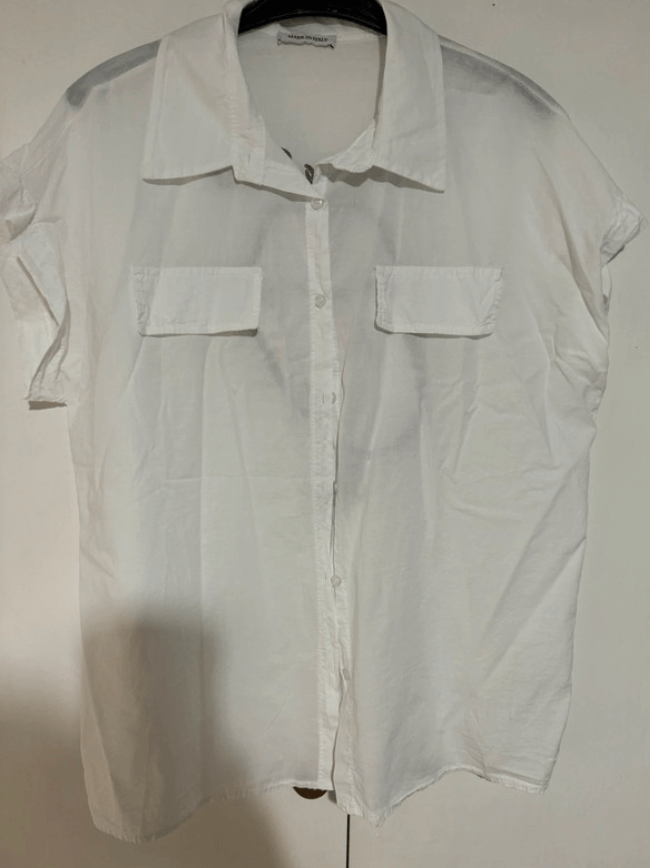
Final flat lay photography tips
Flat lay photos are a timeless and versatile medium that blends storytelling, aesthetics, and brand messaging. By mastering foundational skills, from composition to lighting, and embracing technology platforms like Modelia, you can dramatically amplify the quality and effectiveness of your visuals.
Flat Lay to Model is a tool that transforms flat lay images of garments into realistic visualizations on human models. Starting from a photo of clothing arranged on a flat surface, the tool uses artificial intelligence to simulate how the garment would look when worn by a person, preserving key design elements such as texture, drape, and structure. This allows fashion brands to showcase their products more dynamically without the need for traditional photoshoots, saving both time and production costs.
In addition to streamlining content creation, Flat Lay to Model enhances the online shopping experience by offering more relatable, life-like product imagery. Shoppers can better understand how a piece might fit or look in real life, leading to more confident purchasing decisions. Seamlessly integrating into e-commerce workflows and digital catalogs, this tool represents a major innovation in online fashion presentation; especially valuable for emerging brands or capsule collections seeking strong visual impact with limited resources.
Applying these flat lay photography tips will not only refine your craft but also empower you to create imagery that stands out in crowded digital landscapes. Remember, the best flat lays are not accidental; they are carefully curated, thoughtfully lit, and creatively styled expressions of a story you want to share.
Start planning, experimenting, and leveraging smart tools; your next perfect flat lay shot is just one thoughtful setup away.
Subscribe to Modelia's newsletter and keep improving your fashion business with our flat lay photography tips, the latest AI news and our model generator.
How would you rate this article:
Related Articles
- Automated Video Generation: Transforming Content Creation with AI-Powered Technology
- Top Software to Transform Your Flat Lay Photos into Works of Art
- The Best Sustainable Fashion Brands Changing the Industry
- AR Magic Mirror: How Augmented Reality is Transforming Fashion Retail and Shopping Experiences
- How to Get Your First Sales on Shopify Fast
- Top AI Modeling Tools Transforming Fashion Design
- How to Care for Your Clothes to Make Them Last Longer
- AI Video Templates: How Artificial Intelligence is Streamlining Video Creation and Editing
- 6 Best AI Image Upscaling Software to Boost Image Quality
- How Fashion Brands Can Succeed with Influencer Marketing
